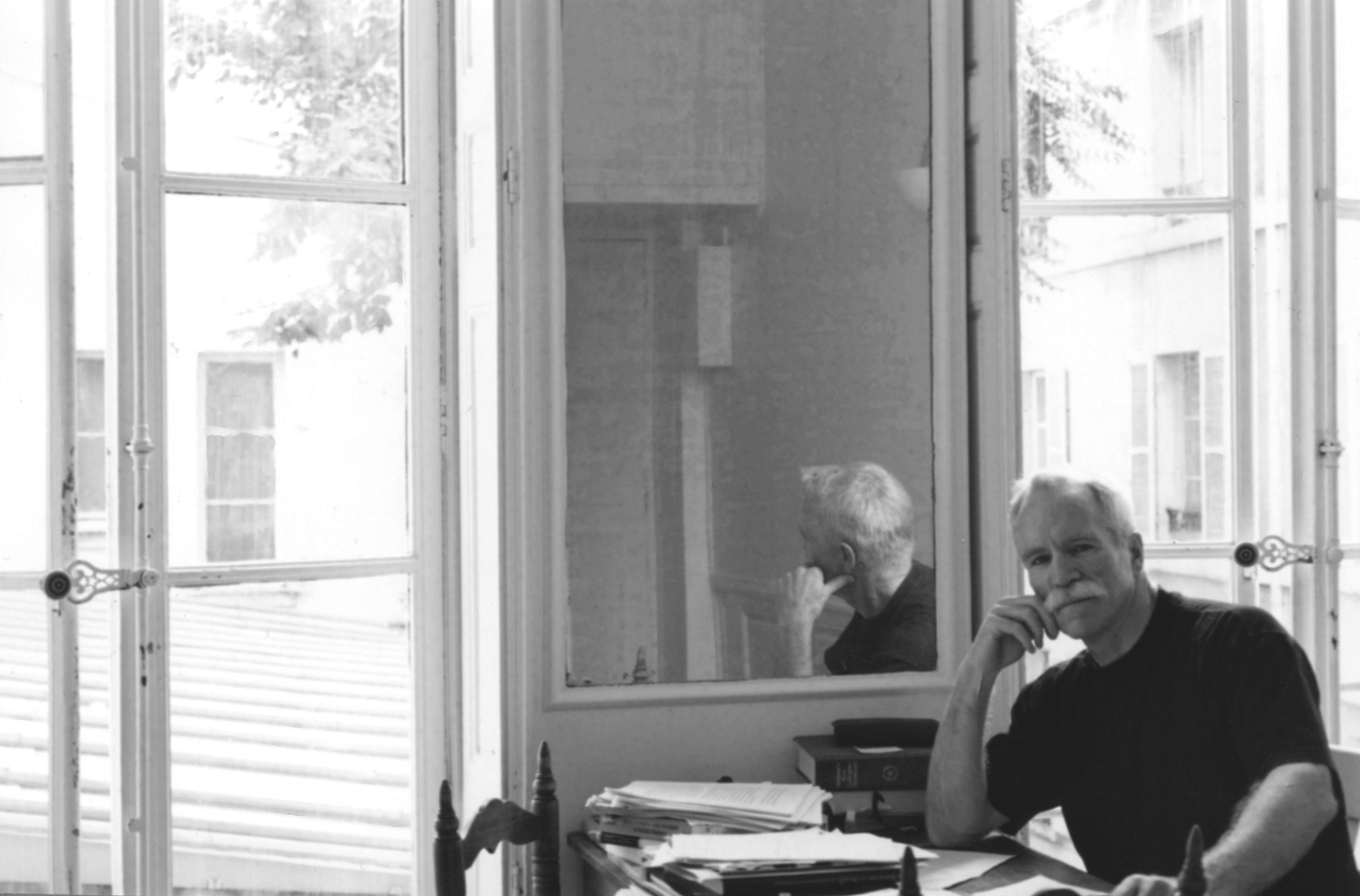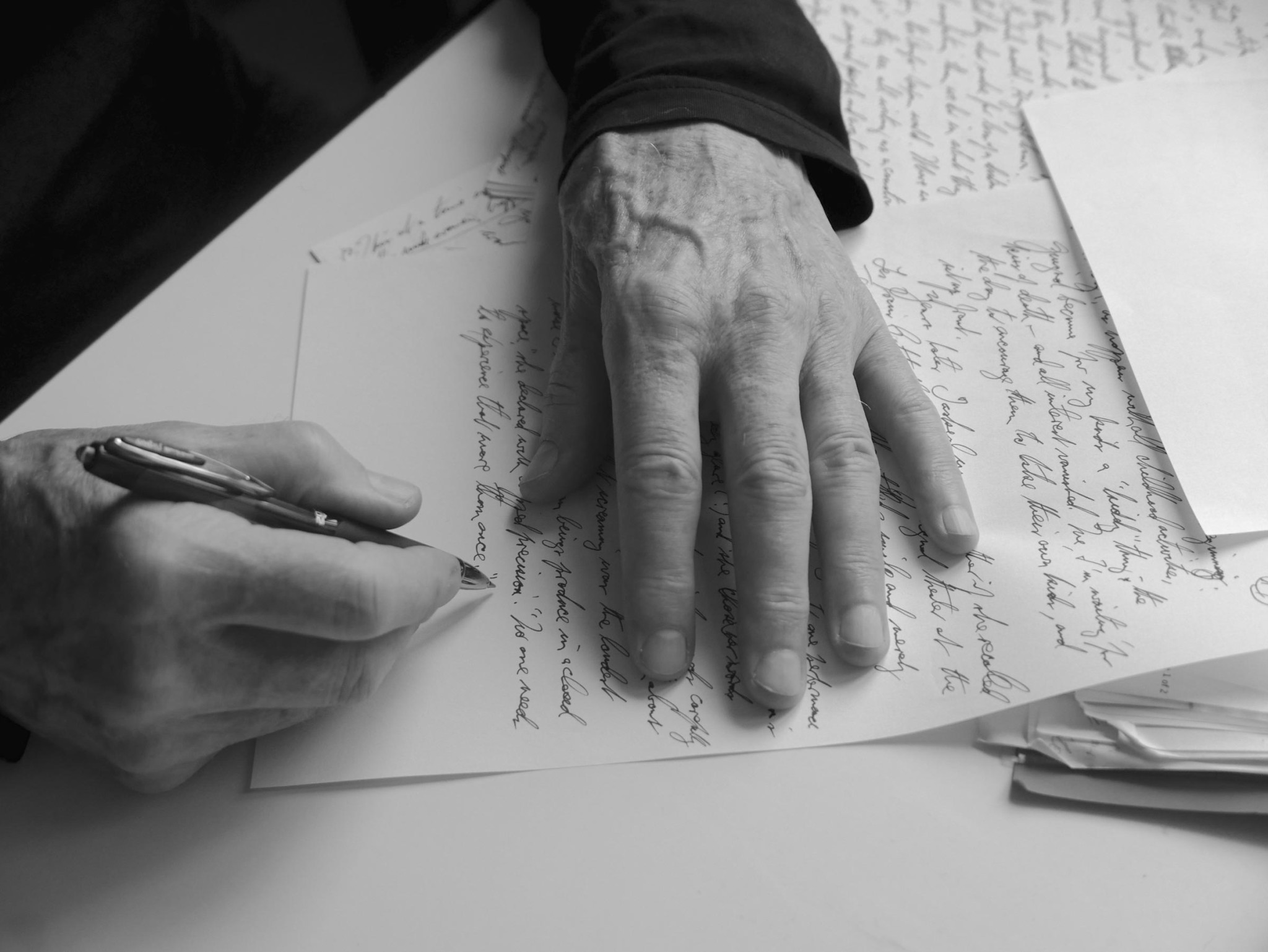The Piano Shop
on the Left Bank
Discovering a Forgotten Passion
in a Paris Atelier
Thad Carhart,
critically acclaimed
bestselling author.
The son of an Air Force officer, I grew up in a variety of places, including Washington, D.C.; Paris; Minneapolis; Amherst, Massachusetts; and Tokyo. After graduating from Yale with a degree in anthropology, I worked for the State Department as an interpreter. Graduate studies at Stanford led me to California, where I subsequently worked in the entertainment business, producing major concerts and special events throughout the world. Twenty-six years ago I moved to Paris with my wife and two infant children; I managed events and communications for Apple Computer’s European division. When I left that job I decided to take a break from corporate work and return to my favorite activity: writing.
What began as an idea for a magazine article developed into a book proposal that came to fruition as The Piano Shop on the Left Bank, first published in England by Chatto & Windus. A bestseller in both the U.K. and the U.S., it has been translated into more than a dozen languages. In that work of narrative nonfiction, I was interested in examining the porous membrane of relationships that exists between outsiders and locals in our Paris neighborhood. I told the story of how buying a used piano in France revealed a place not found on any map.

photo by Simo Neri
This same interest in those who live where disparate languages and customs overlap sparked my enthusiasm for the story of Jean-Baptiste Charbonneau / Pompy. I have always been an enthusiastic reader of history, and the American frontier holds a special fascination. When I first learned that Sacagawea’s son had spent five years in Europe as a young man, I was both astounded and intrigued. I then found that very little was known about his time there, and I began to imagine telling his story in a historical novel.
My principal interest is how he saw Europe in the mid-1820’s—a world as different from that of the frontier as another planet might be from our own—and how he then fashioned his own path, his own choices. That is something we all have to do to some extent, but the nature of the cultural dissonance that Baptiste faced is phenomenal, and his way of making sense of it compelling. This uncertain and inviting terrain, at the intersection of dissimilar ways of life, continues to inform my writing, both fiction and nonfiction.

photo by Simo Neri
In my latest book, Finding Fontainebleau, I return to narrative nonfiction. My own childhood years in France form the basis of a story that begins as a memoir, a look at postwar France through the eyes of an American boy. A NATO officer, my father worked in the Château of Fontainebleau and we lived a stone’s throw from its outer grounds. The enormous old house we rented was at the heart of our family adventure. From it we ventured out to attend French schools, visit Paris on weekends, and embark on family camping trips throughout France as well as Italy and Spain.
Against this background of an American boyhood in France, I consider the rich and varied history so perfectly embodied in the Château itself. My deep affection for France was formed in those years, and conditioned my later life when I returned to live in Paris with my wife and children. The intersection of languages and cultures has been a given for me, and an immeasurable source of satisfaction. In Finding Fontainebleau, I aim to give the reader a first-hand sense of this experience, and of its effects on how I see the world.
Discovering a Forgotten Passion
in a Paris Atelier
A historical novel about Jean-Baptiste
Charbonneau, the son of Sacagawea
An American Boy in France
Paperback edition
ON SALE
NOW